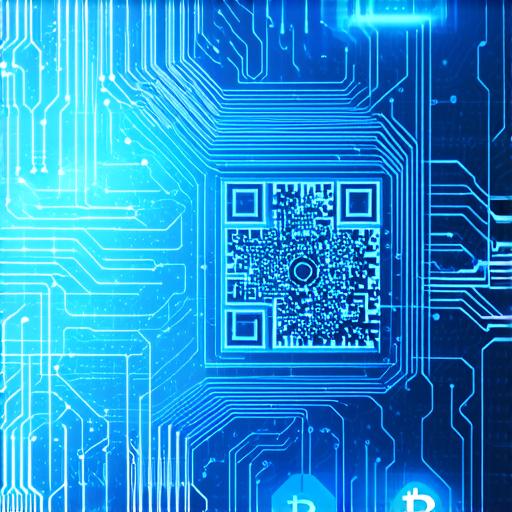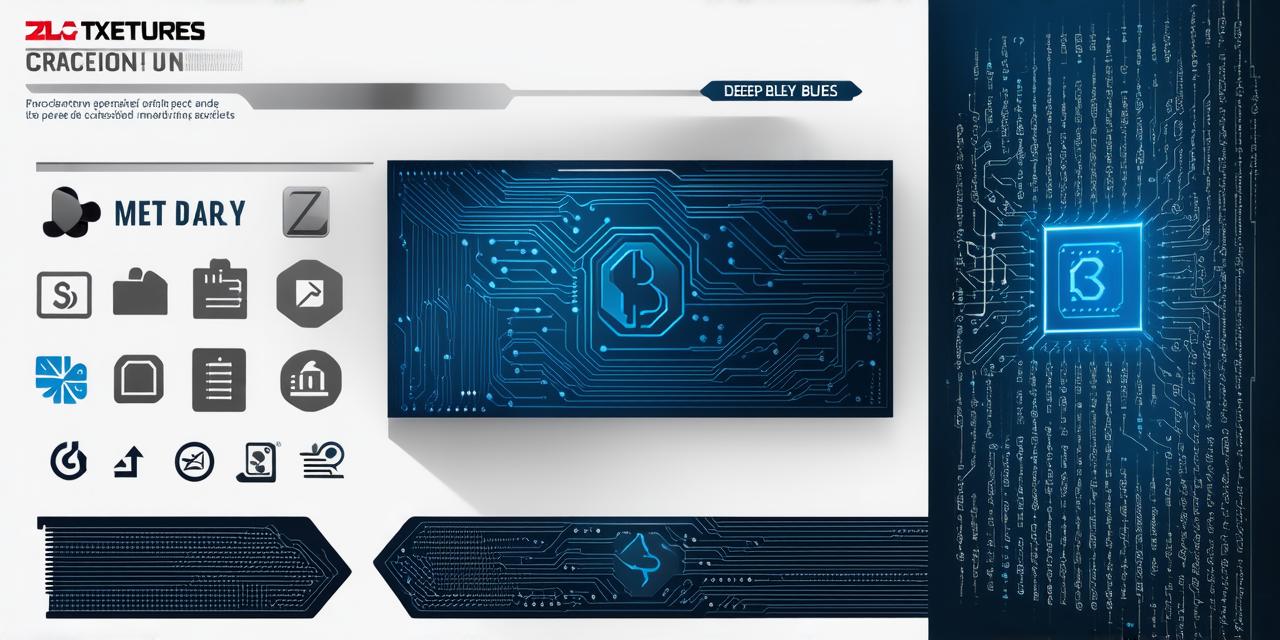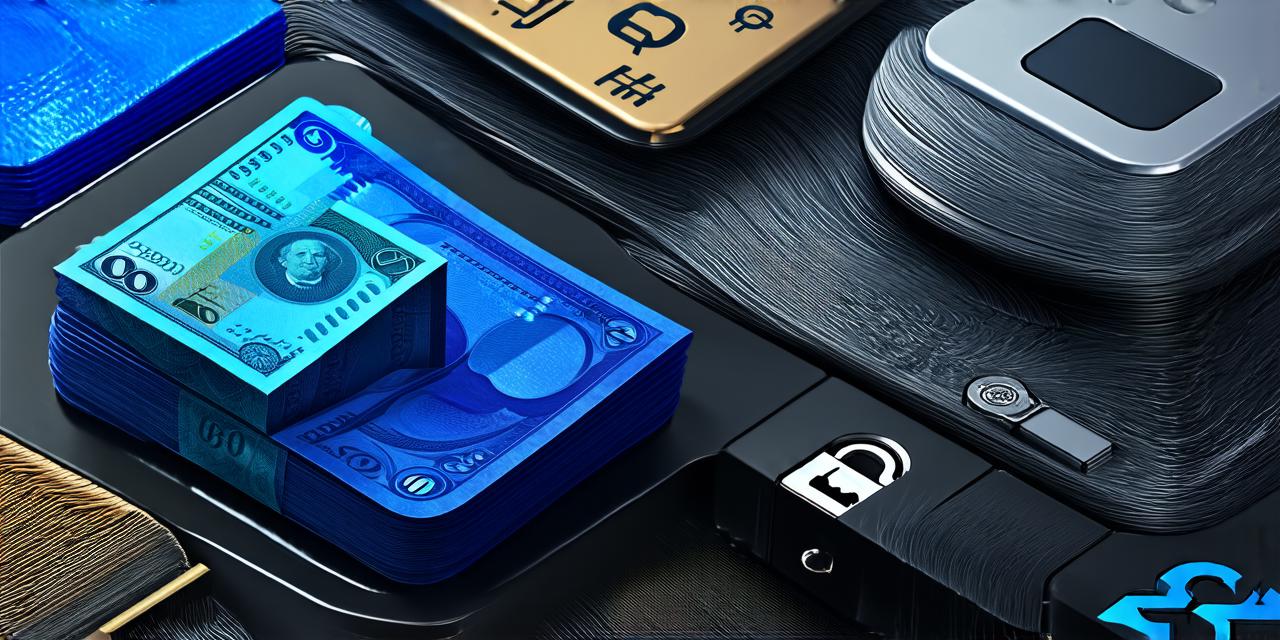How to make a blockchain project
Table of Contents
Introduction to Blockchain Technology
Identify Your Use Case
Choose the Right Blockchain Platform
Design Your Smart Contracts
Develop and Test Your Blockchain Application
Deploy and Maintain Your Blockchain Project
Introduction to Blockchain Technology
Blockchain technology is a distributed ledger that records transactions in a secure and transparent manner. It was initially developed for the digital currency Bitcoin, but its applications go far beyond financial services. Blockchain technology can be used to create decentralized applications (dApps) that automate processes, enhance security, and reduce costs.
Identify Your Use Case
The first step in creating a blockchain project is to identify your use case. This involves determining the problem that you want to solve and identifying the potential benefits of using blockchain technology. Some common use cases for blockchain include:
- Supply chain management
- Digital identity verification
- Voting systems
- Healthcare data sharing
- Energy trading
Choose the Right Blockchain Platform
There are several blockchain platforms available, each with its own strengths and weaknesses. The most popular platforms include Ethereum, Hyperledger Fabric, EOS, and Corda. When choosing a platform, consider the following factors:
- Scalability: Does the platform have the capability to handle large amounts of data?
- Security: Is the platform secure and resistant to attacks?
- Consensus mechanism: Does the platform use a consensus mechanism that aligns with your requirements?
- Smart contract capabilities: Does the platform support smart contracts?
- Community support: Does the platform have a large and active community?
Design Your Smart Contracts
Smart contracts are self-executing programs that automate processes on the blockchain. They can be used to define rules, enforce obligations, and manage assets. When designing your smart contract, consider the following best practices:
- Keep it simple: Stick to one purpose per smart contract and avoid overly complex code.
- Test thoroughly: Test your smart contract on a local blockchain or testnet before deploying it to the main blockchain.
- Use security best practices: Follow best practices for secure coding, such as using secure storage mechanisms and avoiding hardcoded passwords.
- Document your code: Provide clear documentation that explains how your smart contract works and what it does.
Develop and Test Your Blockchain Application
Once you have designed your smart contract, you can start developing your blockchain application. This involves integrating the smart contract with a user interface and other components of your application. When testing your application, consider the following best practices:
- Use automated testing: Automated testing can help you identify bugs and errors early in the development process.
- Conduct thorough testing: Test your application on different devices and browsers to ensure it works as expected.
- Test for security: Test your application for vulnerabilities and exploits that could be used by attackers.
- Perform stress testing: Perform stress testing to ensure your application can handle large amounts of data.
Deploy and Maintain Your Blockchain Project
Once you have completed development and testing, you can deploy your blockchain project on a public or private blockchain. When maintaining your project, consider the following best practices:
- Keep your smart contract up-to-date: Regularly update your smart contract to fix bugs and add new features.
- Monitor your project: Monitor your project for suspicious activity and potential security threats.
- Provide support: Provide support to users of your project and address any issues they encounter.
- Back up your data: Regularly backup your data to prevent loss in case of a failure or breach.
FAQs
What is blockchain technology?
Blockchain technology is a decentralized ledger that records transactions in a secure and transparent manner.
What are some common use cases for blockchain technology?
Common use cases include supply chain management, digital identity verification, voting systems, healthcare data sharing, and energy trading.
What are the benefits of using blockchain technology?
Benefits include increased security, improved transparency, reduced costs, and enhanced automation.
What is a smart contract?
A smart contract is a self-executing program that automates processes on the blockchain.
What are some popular blockchain platforms?
Popular platforms include Ethereum, Hyperledger Fabric, EOS, and Corda.
How do I choose the right blockchain platform for my project?
Consider factors such as scalability, security, consensus mechanism, smart contract capabilities, and community support when choosing a platform.
What are some best practices for designing smart contracts?
Best practices include keeping it simple, testing thoroughly, using security best practices, and documenting your code.
How do I develop and test my blockchain application?

Develop and test your application on a local blockchain or testnet before deploying it to the main blockchain.
What are some best practices for maintaining my blockchain project?
Best practices include keeping your smart contract up-to-date, monitoring your project, providing support, and backing up your data.
Conclusion
Blockchain technology has the potential to revolutionize industries and change the way we interact with data. By following these steps, you can create a blockchain project that automates processes, enhances security, and reduces costs. Remember to identify your use case, choose the right platform, design your smart contracts, develop and test your application, and deploy and maintain your project. With these best practices in mind, you are well on your way to creating a successful blockchain project.
I hope this helps! Let me know if you have any further questions.



